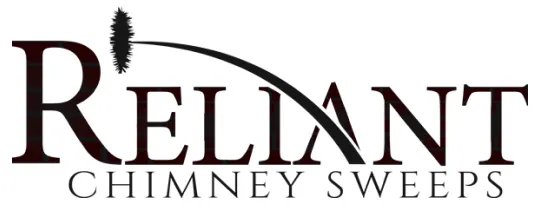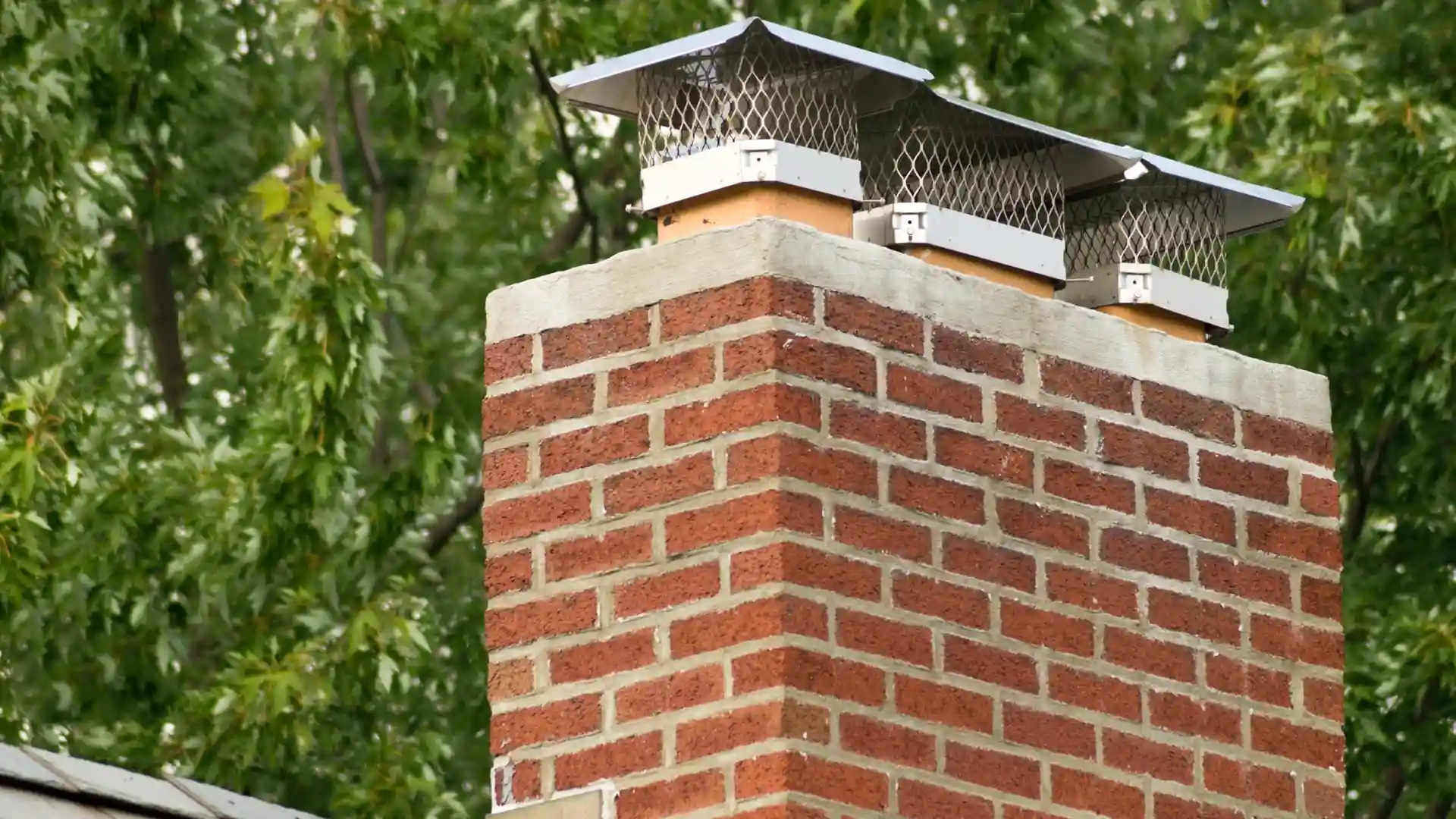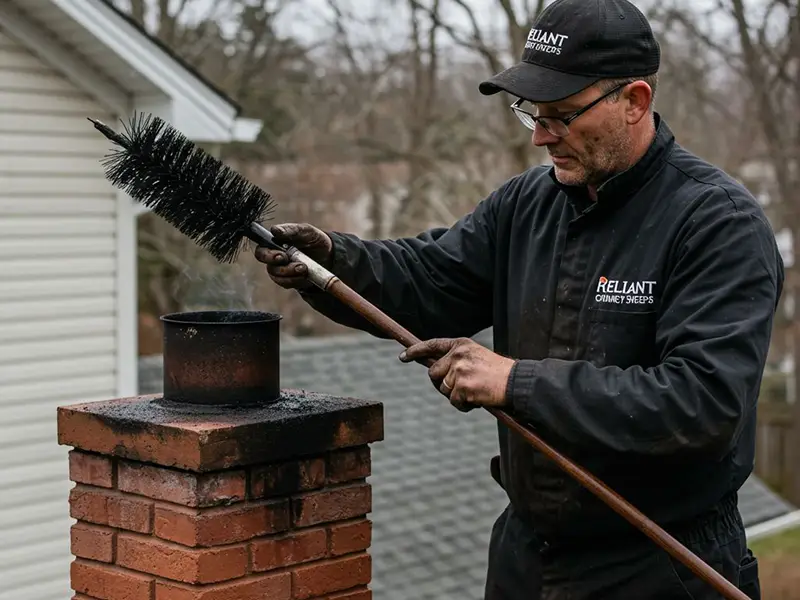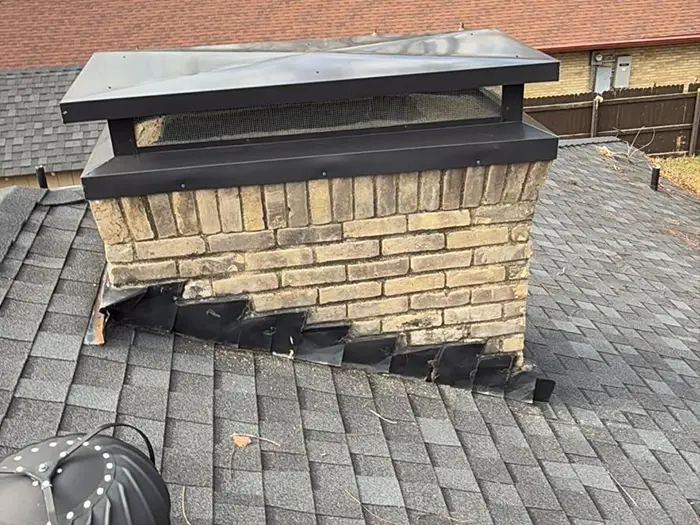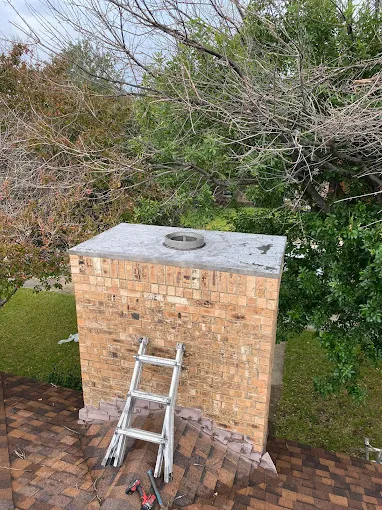As summer fades into fall, it’s time to prepare your home for the colder months ahead. While tasks like winterizing your garden and checking your heating system may be on your to-do list, your chimney should also be a priority. After months of little to no use, your chimney might require attention to ensure it’s ready for the demands of the colder season. Here’s a comprehensive end-of-summer checklist to keep your chimney safe, efficient, and ready to use.
1. Schedule a Professional Chimney Inspection
One of the most important tasks on your end-of-summer chimney checklist is scheduling a professional inspection. A certified chimney sweep can assess the condition of your chimney and identify potential problems, such as cracks, blockages, or creosote buildup. Annual inspections are recommended to prevent issues that can lead to chimney fires or structural damage.
During an inspection, the technician will:
- Check for creosote buildup and remove it if necessary.
- Inspect the chimney cap for damage or obstructions.
- Assess the flue for cracks or other structural concerns.
- Verify that the damper is functioning properly.
An inspection ensures your chimney is safe and efficient, giving you peace of mind as you head into the colder months.
2. Clean Your Chimney
After a summer of disuse, your chimney may have accumulated debris such as leaves, twigs, or animal nests. These obstructions can block airflow, reduce efficiency, and pose a fire risk. Creosote buildup from the previous winter may also be present, and if left untreated, it can ignite, causing a dangerous chimney fire.
Professional chimney cleaning is the best way to ensure your chimney is clear and ready for use. Technicians use specialized tools, such as chimney brushes and HEPA vacuums, to remove debris and soot, leaving your chimney in optimal condition.
3. Check the Chimney Cap
The chimney cap plays a critical role in protecting your chimney from external elements. It keeps out rain, debris, and animals while allowing smoke and gases to vent properly. Over time, however, chimney caps can become damaged or dislodged due to weather or wear.
Inspect your chimney cap for:
- Cracks or rust that could compromise its effectiveness.
- Loose fittings that may allow debris or animals to enter.
- Missing mesh screens, which can lead to blockages or nesting.
If your cap is damaged, replace it promptly to protect your chimney from unnecessary damage and obstructions.
4. Inspect and Repair Masonry
The summer heat, combined with exposure to rain and humidity, can take a toll on your chimney’s masonry. Cracks in the bricks or mortar can lead to water infiltration, which may freeze and expand in colder weather, causing further damage.
Examine your chimney’s exterior for:
- Cracked, crumbling, or missing bricks and mortar.
- White staining (efflorescence), which indicates water penetration.
- Leaning or uneven sections that could signal structural issues.
Minor masonry problems can often be addressed with tuckpointing, while more severe damage may require professional repairs. Addressing these issues now prevents costly repairs down the road.
5. Test the Chimney Damper
Your chimney damper is essential for controlling airflow and preventing drafts when the fireplace is not in use. A malfunctioning damper can lead to energy loss, making your home less efficient and increasing heating costs.
To test your damper:
- Open and close it to ensure smooth operation.
- Look for rust, warping, or other signs of damage.
- Check for a tight seal when closed to prevent air leaks.
If the damper is not functioning correctly, have it repaired or replaced before the colder months arrive.
6. Look for Signs of Animal Activity
During the summer, animals like birds, squirrels, and raccoons often seek shelter in chimneys. Nests or droppings can create blockages, while animals trapped in the chimney pose health and safety risks.
Signs of animal activity include:
- Strange noises coming from the chimney.
- Foul odors near the fireplace.
- Debris, such as twigs or feathers, visible in the chimney or hearth.
If you suspect animals are nesting in your chimney, contact a professional to safely remove them and clean the area. Installing a properly fitted chimney cap can prevent future intrusions.
7. Ensure Proper Ventilation
Good ventilation is key to a safe and efficient chimney. Over the summer, debris or blockages may have compromised your chimney’s ability to vent smoke and gases properly. Poor ventilation can lead to smoke backdrafting into your home or the buildup of dangerous gases like carbon monoxide.
Have a professional test your chimney’s airflow and address any issues, such as blockages or improper drafting, before the heating season begins.
8. Check Your Fireplace and Accessories
The fireplace itself should also be inspected as part of your chimney maintenance. Look for:
- Cracks or damage in the firebox.
- Excessive ash or soot buildup.
- Wear or damage to grates, screens, or tools.
Replace or repair damaged components to ensure safe and enjoyable use throughout the colder months.
9. Waterproof Your Chimney
Water is one of the biggest threats to your chimney. It can damage masonry, rust metal components, and promote mold growth. Applying a waterproof sealant to your chimney can help protect it from moisture damage during fall and winter.
A professional chimney sweep can apply a high-quality waterproofing product that allows water vapor to escape while keeping moisture out. This prevents long-term damage and helps maintain the integrity of your chimney.
10. Prepare for Efficient Use
Finally, prepare your chimney and fireplace for efficient use during the colder months. Stock up on seasoned firewood, which burns cleaner and produces less creosote than unseasoned or green wood. Ensure your fireplace tools, such as pokers and tongs, are in good condition and ready for use.
If you use a wood stove or insert, check that it’s clean and functioning properly. Replace any worn gaskets or damaged components to ensure a tight seal and optimal performance.
The Importance of Professional Maintenance
While some tasks on this checklist can be handled by homeowners, many require the expertise of a certified chimney professional. Regular inspections and maintenance not only keep your chimney in top condition but also ensure the safety of your home and family.
At Reliant Chimney Sweeps, we provide comprehensive chimney services, including inspections, cleaning, repairs, and waterproofing. Our experienced technicians use advanced tools, such as chimney cameras, to identify and address issues quickly and effectively.
Closing Thoughts
Preparing your chimney for the colder months is an essential part of home maintenance. By following this end-of-summer checklist, you can prevent costly repairs, improve efficiency, and ensure a safe and warm home all season long. From professional inspections to DIY tasks like testing your damper, taking proactive steps now will save you time, money, and stress later.
For expert chimney care, contact Reliant Chimney Sweeps today. A little preparation goes a long way in keeping your chimney safe and efficient for the season ahead!
